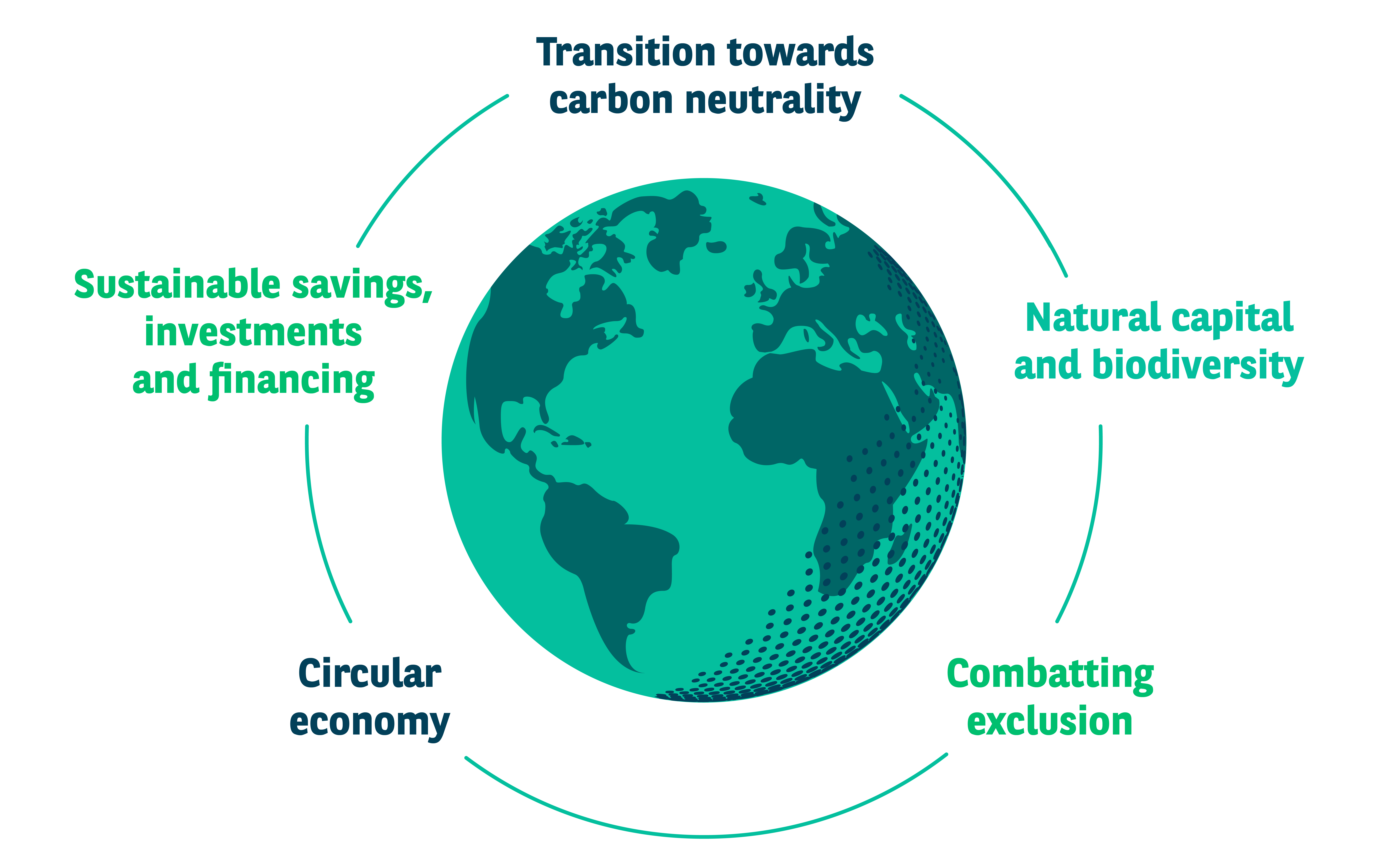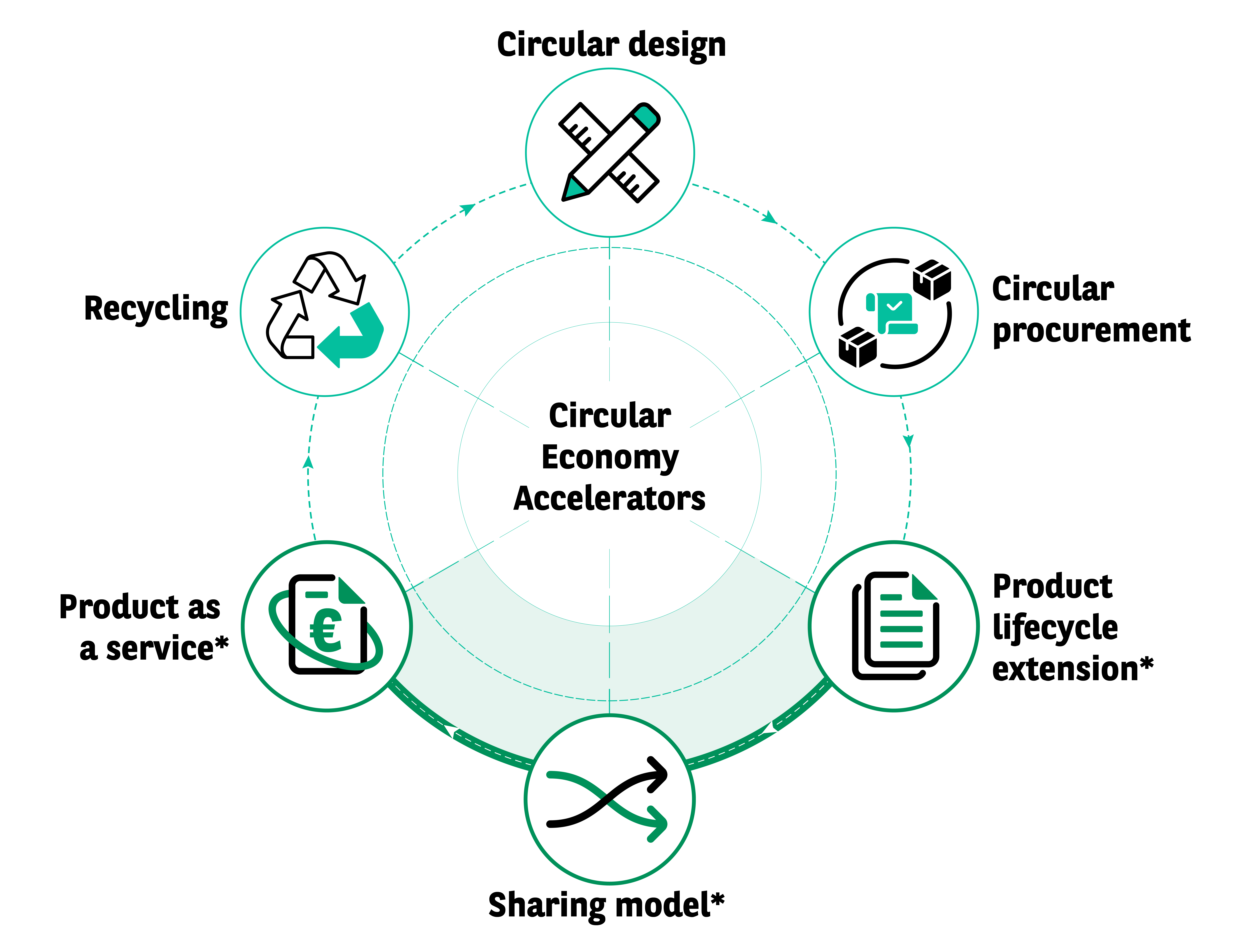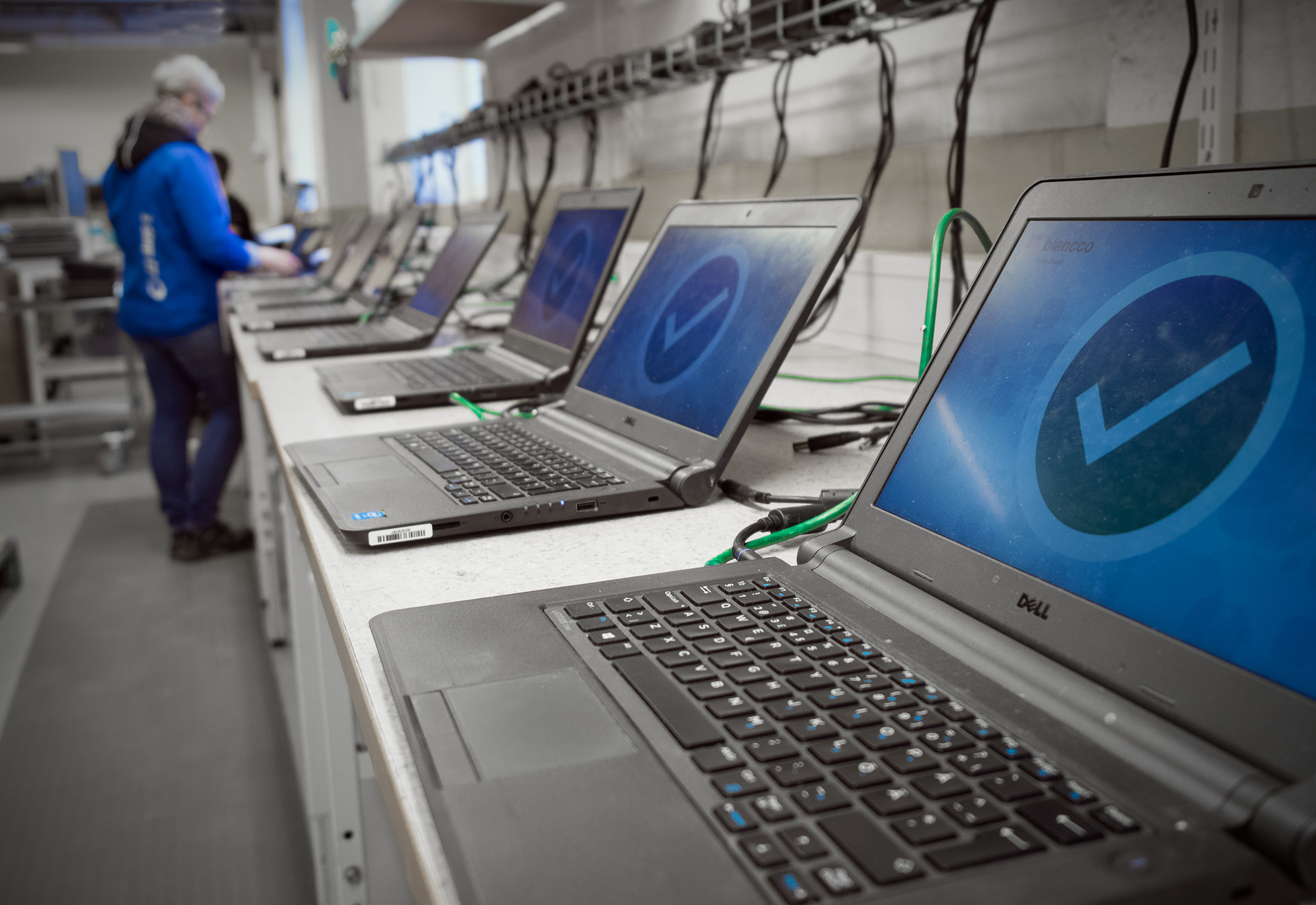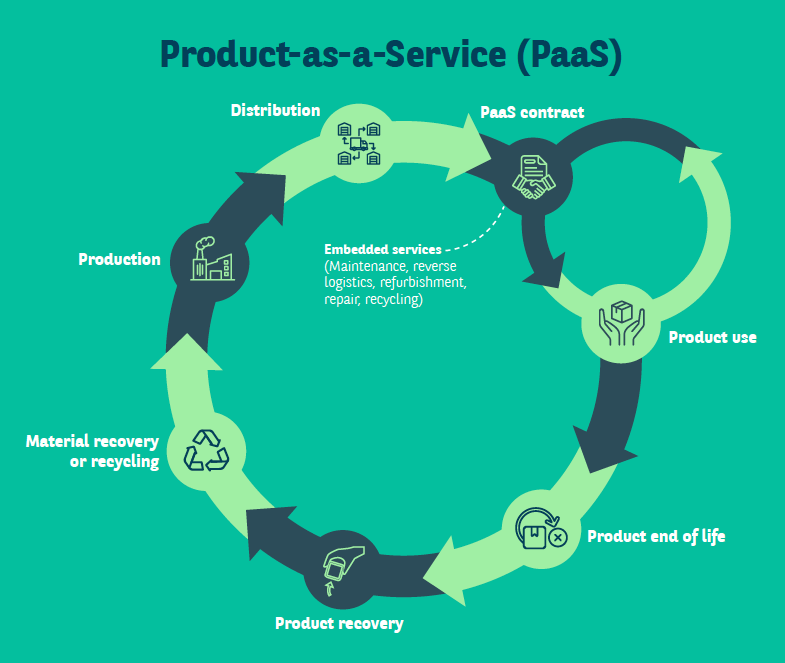
Unlocking the
circular economy
The transition to a circular economy represents a significant opportunity for organisations to increase efficiency and build resilience while reducing the impact of their operations on the environment. Recognising this, BNP Paribas has identified the circular economy as one of five priority themes in its Strategic Plan, highlighting the role that sustainable finance can play in the transition to circular models.

At BNP Paribas Leasing Solutions, our commitment to unlocking the circular economy sits at the very core of our company purpose. We recognise the significant potential of a circular economy to help build a more sustainable future. We believe leasing can play a key role in supporting businesses to achieve circularity.
1.7x annual overuse
humanity is currently using nature 1.7 times faster than our planet’s ecosystems can regenerate
Around
90%
of resources are irretrievably lost at the end of product use worldwide, ending up as waste
US$4.5
trillion
economic opportunity represented by a transition to the circular economy
What is a circular economy?
A circular economy rethinks the traditional “take, make, dispose” model of production and consumption. Instead of extracting raw materials, manufacturing products, using them, and then discarding them as waste – as seen in the linear economy – a circular approach prioritises sustainability.
It focuses on designing products and systems that enable reuse, refurbishment, and recycling, ultimately reducing waste. Products and their components are also designed to stay in circulation for as long as possible. By extending product lifespans and optimising resource use, this model reduces reliance on raw materials and minimises environmental impact. BNP Paribas has identified seven activities that drive circularity:

Circular design: Designing products for durability, modularity, and easy repair or recycling while eliminating premature obsolescence.
Circular procurement: replacing virgin materials with recycled materials or 100% recyclable materials.
Product lifecycle extension: Increasing product longevity through reuse, remanufacturing, repairing, refurbishing, repurposing, and second-hand resale..
Sharing models: Services that optimise utilisation of products to reduce the production of new goods.
Product as a Service: Shifting from product ownership to usage or outcome-based models.
Recycling: Operations by which waste materials are reprocessed into products and materials.
Circular Economy Accelerators: financing businesses that accelerate the transition to a circular economy
*At BNP Paribas Leasing Solutions, our focus is to advance three of these activities in particular: product lifecycle extension, sharing models, and Product-as-a-Service. Our asset financing solutions help businesses adopt circular strategies by facilitating reuse, optimising asset utilisation, and promoting service-based models – contributing to a more sustainable and resource-efficient future.
The significance of sharing in a circular economy
Our company purpose – we’re committed to unlocking the circular economy to sustain the world we share – captures the huge opportunity and potential we see in the transition to circularity. It highlights the important role that we can play in building a circular future.
How we’re unlocking the circular economy
We know many circular solutions are still emerging and maturing, and we’re keen to collaborate with new and existing partners to unlock the possibilities of circularity. Here are some examples of the circular economy in action at BNP Paribas Leasing Solutions.

Sustainable technology lifecycle management
BNP Paribas 3 Step IT offers clients a circular technology management service. This innovative model brings to life key principles of the circular economy, including material value recovery where end-of-contract devices are securely transported to our European refurbishment centres for data sanitisation and refurbishing, before being made available for re-sale.

A focus on Product-as-a-Service
We’re particularly excited to explore the potential of Product-as-a-Service (PaaS) models with our clients and partners. In a PaaS model, manufacturers sell the outcomes a product can provide, rather than of ownership of the asset itself. In our recent report, “The Circular Opportunity: Harnessing the Power of Product-as-Service ”, we explore the business opportunities and environmental benefits of PaaS models and their role in enabling circularity.